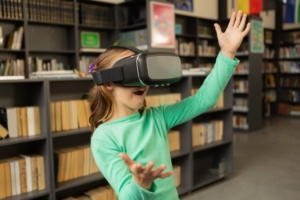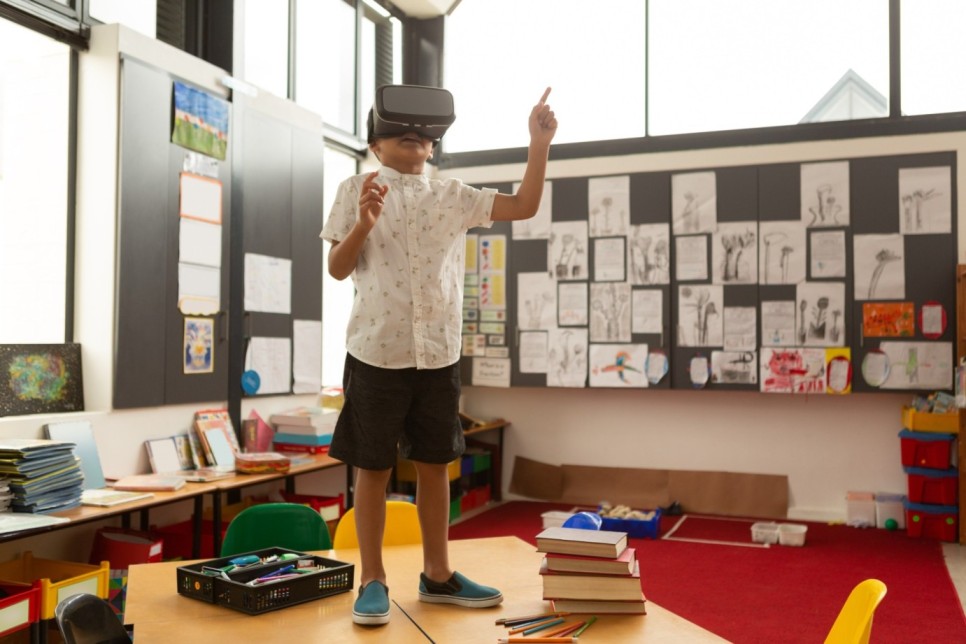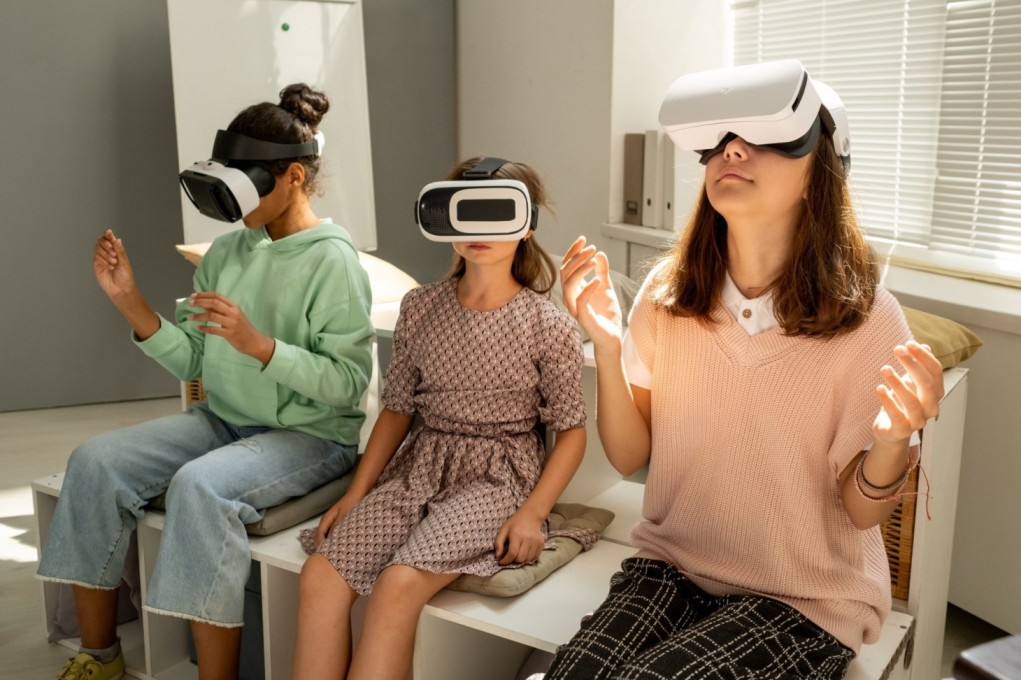
What’s in a name? In my opinion, it should encapsulate, usually at a high level, a description of what it entails using just a few words and/or numbers. When one sees a name, one should have a picture or general understanding of what that name is all about. So, with Web 3.0, what do you think of?
Before all this buzz about metaverse and Facebook changing its name to Meta, Web 3.0 was generally defined as actionable and usually autonomous Big Data. Where Web 2.0 created 2-way interactions between actors and producing massive amount of data, Web 3.0 has the algorithms for software and machines to use the data in very intelligent ways. Use cases such self-driving cars and humanoid robots will leverage data in ways that can act as our assistants to replace the inefficient methods that we do things today.
Now, after Meta, Web 3.0 has been re-coined as being synonymous with the metaverse. This actually makes more sense as the metaverse has re-define, in a revolutionary way, how we engage the internet. Once you are in the metaverse, it seems like the internet has been re-created as a 3D, all encompassing world. The metaverse adoption rates across many demographics are growing fast. People are genuinely enjoying their experiences in the metaverse and tech companies are constantly trying to improve their technologies by shrinking the size of the hardware, enhancing software performances and just paying a lot of attention to CX and UI.
To me, Web 3.0 is the technology that will take the educational experience from the 19th century to the 21st century. The way teaching is done currently and for the most part, is that a class of 20 to 40 students are in the same room and the teacher is teaching a subject in just one way with little alterations for individual student needs.

Web 3.0 can turn 1 classroom into 40. Each student can have their own environment, styled in a way that will open their minds. Each lesson for a class can be the same (this is to provide some sanity for the teacher) but be taught in different ways, again base on what works with each student.
In the new Web 3.0 environment, the teacher’s role will be elevated to one of managing the delivery of content and add exceptional value by helping those students who really need the personal attention. Also, classroom management should become a lot easier as students are in an environment that they enjoy and thus are willing participant to engage in the lessons. Currently, classroom management can be quite difficult as teachers fight boredom and distractions.
Web 3.0 is at the early adoption stage in its product lifecycle. It will be several years before classrooms will be able to experience its benefits. One reason is that there are still an overwhelming number of schools across the world that are having trouble adopting web 2.0 technologies within their current SOP (standard operating procedures). This is not a situation where schools can leapfrog the technology since students have not adopted Web 3.0 at home in some massive way.
Good school administrators should always have 1 eye open to the technologies of the near future and see how these might have an impact on how they are doing things now. By having the right technologist in-house or through a partner-vendor, this can be done easily and seamlessly. Besides, the conversations and activities can be quite fun as well! 😊


